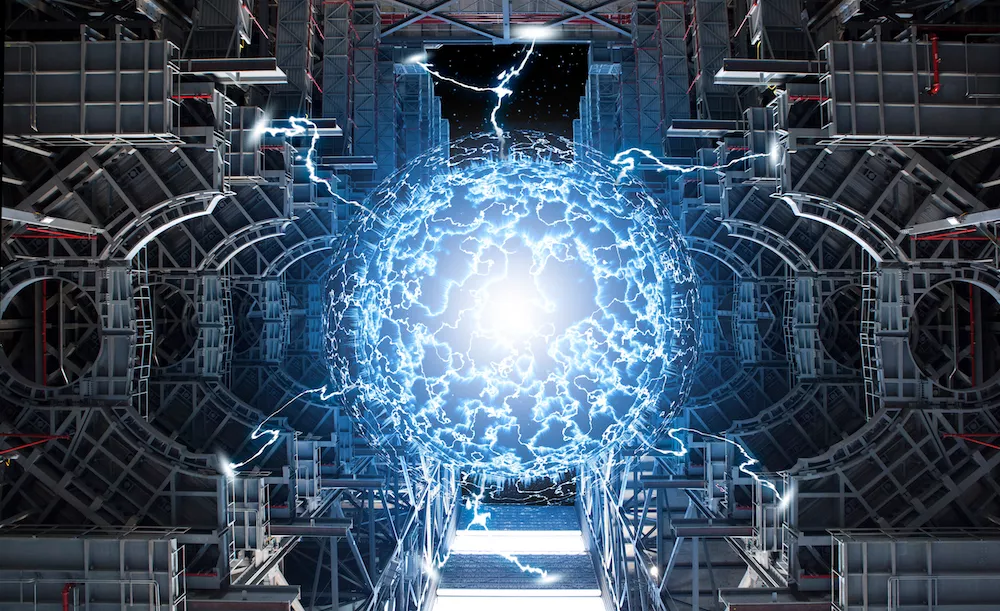For decades, scientists have been racing to find clean energy that comes from non-polluting sources. This would enable humans to “generate the energy we need without the greenhouse gas emissions and negative environmental effects that come with fossil fuels, in turn helping to reduce climate change.” People use immense amounts of energy every day, and because of the extremely harmful effects of certain energy sources on climate change, finding renewable and clean energy is critical. One clean energy source that could potentially prove useful in the search for clean energy is nuclear fusion. Fusion energy does not release any greenhouse gas emissions, meaning that it does not contribute to climate change.
In December 2022, scientists made a breakthrough in nuclear fusion research. This research has been ongoing for decades and centers around the idea of trying to harness the energy that powers stars. Fusion energy involves using the heat generated from nuclear fusion reactions. Researchers at the US National Ignition Facility in California, conducted an experiment in which “they shot a bunch of lasers at a pellet of fuel and more energy was released from that fusion ignition than the energy of the lasers going in,” said Dr. Arati Prabhakar, the policy director at the White House Office of Science and Technology. Because more energy was released than was required to start the process, these findings could prove to be a major breakthrough in the hunt for limitless clean energy.
Although a promising solution, there are still many challenges that scientists need to overcome before we can rely on nuclear fusion as a form of consistent clean energy. This experiment confirms that nuclear fusion is a good energy source. However, the experiment was done at a much smaller scale than would be necessary to cause a significant benefit to society. A larger power source fueled by this science would cost immense amounts of money, which makes it more difficult to promote. There are additional challenges as well because “forcing and keeping the elements together in fusion requires very high temperatures and pressures.” These high temperatures and pressure levels are challenging to achieve on Earth. As a result, scientists still need to work on how to make large scale fusion power plants a possibility.
Despite the challenges, the success of the experiment is a very promising step in the decades-long search for clean energy. Mike Campbell, former director of the University of Rochester’s Laboratory for Laser Energetics, one of the world’s leading centers for fusion research, believes that scientists and researchers will be able to overcome these challenges, saying “once the science proves that something can work, you can develop much better technologies. Engineers can produce miracles.” With continued research and dedication, nuclear fusion could prove to be a monumental turning point in the fight to reduce negative effects on the climate through clean energy sources.




